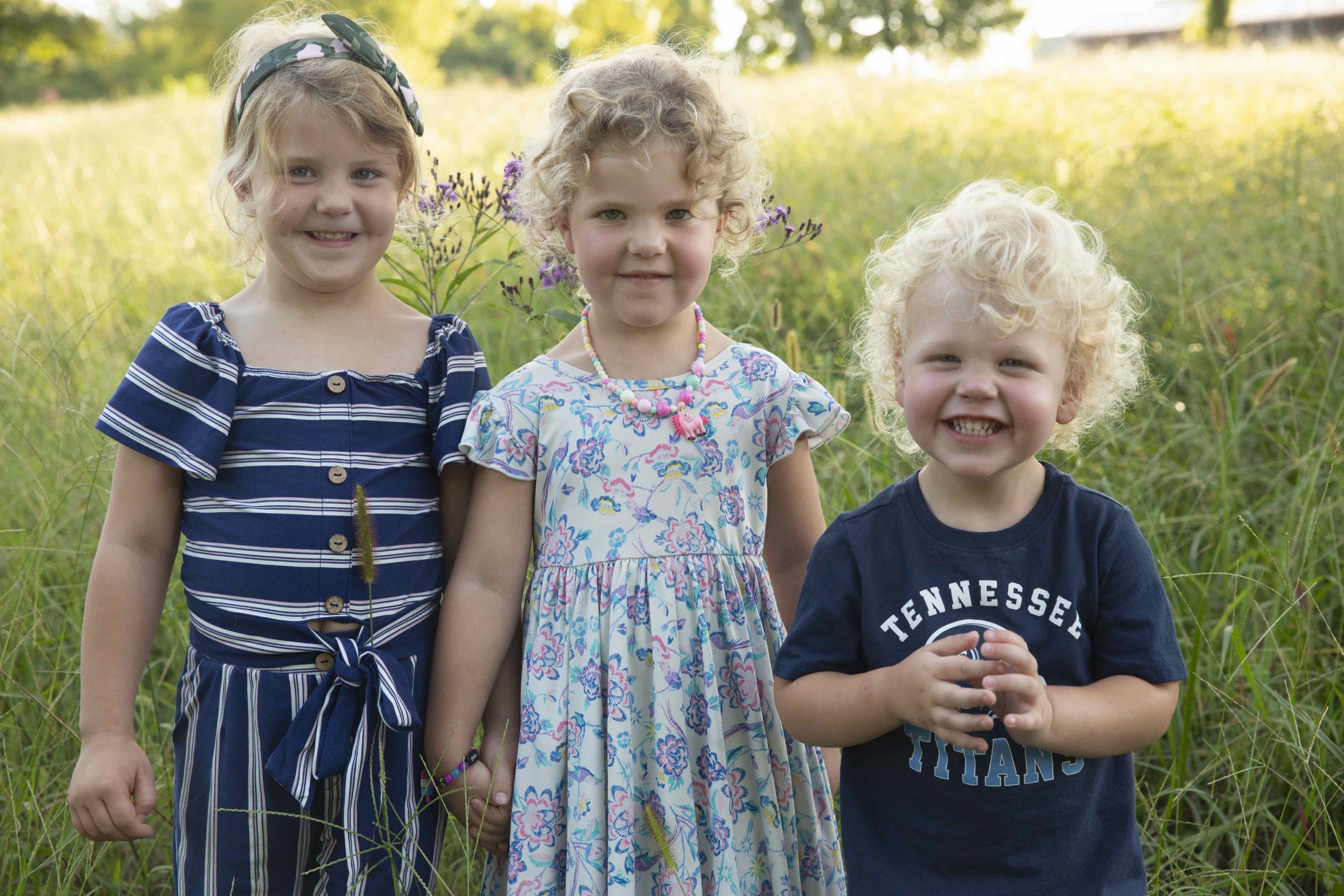I recently had the opportunity to explain my job, leadership, and careers to 5th and 6th grade girls exploring science, technology, engineering, and math (STEM) through an Explore 2021 camp. If you really want to get crystal clear on your messaging, just sign up to present on the topic to brilliant young women; that will do the trick!

One of my goals was to leave these young women understanding that STEM isn’t all about being amazing at coding or traditional technical tasks. My job is far from that. I wanted to give them a glimpse of how many options there are. In fact, I’ve never had a boring job in technology!
My entire career has been all about collaborating, innovating, and figuring things – creating solutions where there isn’t a singular ‘right’ or ‘wrong’ answer. And this type of leadership is what the world needs today more than ever, it’s adaptive leadership.
But how do you explain that to children at the age of ten or eleven?
As I thought about how to explain adaptive leadership, I thought about the example Ron Heifetz uses with a surgeon and a heart patient. He shares that it is much easier to repair a heart (a technical problem) then to ask someone to implement a lifestyle change (adaptive). As I was putting this on paper, I was cautious this might be a sensitive example, so I tried another.
My next thought was to use the one I’m living as a Strategy & Planning Manager on the Global Systems Engineering (GSE) team. “As Cisco shifts from selling hardware to software and services, we need new skills…” Yeah, no. I didn’t really think that would “land” with 5th and 6th graders.
And then I had it – I could show them adaptive leadership through art!
The ‘technical problem’ would be to draw a Redwood tree. These girls know what a Redwood tree looks like and have likely drawn a tree many times before. Next, for the adaptive piece, I told them they had just been hired as consultants to tell the tree owner how to make money with the tree.

After a lot of dialogue and back and forth they decided to go with selling small tables made from the Redwood trees at $200 per table. I was blown away – part of their discussion was around their marketing strategy and the beautiful pictures already drawn. After they “pitched” their winning idea we discussed how much harder it was to figure out how to solve the problem where they didn’t really know the answer. It became even harder when my dear friend and co-host of the Explore 2021 camp reminded them about aligning their solution to their personal values, which then shifted the conversation to the possibility of conserving the tree, sustainability, and creating a revenue stream with a swing or a treehouse.
All in all, they got to experience adaptive leadership through art and their drawings of the Redwood trees!
Days like today are a gift and I am incredibly grateful to Elizabeth Thomas and Dr. Shelly Plonk for teaching these girls about all the many possibilities ahead of them in STEM, how to lead with your values, and the importance of connecting and mentoring. I’m equally as grateful to Cisco for providing me with the opportunity to give back as a part of my job (we receive 40 hours each year to give back to our communities).
Our mission at Cisco is to power an inclusive future for all – it’s an adaptive problem we are solving. No one knows the answers but with programs and coaches like the ones supporting Explore 2021 I know we are well on our way.
Ready to join our adaptive teams? Check out our careers now!
Subscribe to the We Are Cisco Blog


CONNECT WITH US